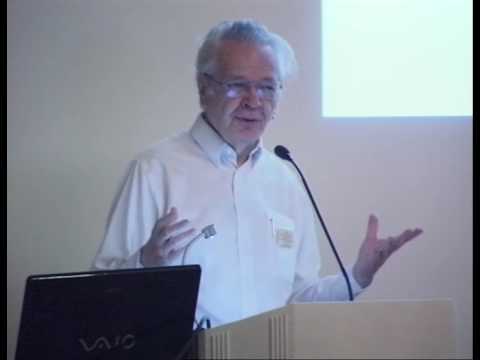Oct 8, 2016
What Happens When You Create a Chatbot to Memorialize a Friend
Posted by Elmar Arunov in categories: engineering, robotics/AI
Whenever we lose someone close to us, there’s an inclination, a need even, to sort through our memories of that person. Memories not just in our minds, but our digital memories too—emails, texts, photos, videos, social media posts.
But eventually, we have to stop looking through those texts and photos, because after a while, it’s like listening to a song on repeat for too long. The memories are static, they will never change, shift, and grow like the real person, and you just have to move on.
When Eugenia Kuyda lost her best friend, Roman Mazurenko, she wanted to memorialize him in a different way. As the cofounder of Luka, an artificial intelligence startup which recommends books and restaurants through a chat interface, Kuyda worked with her engineering team to collect thousands of Mazurenko’s texts and create a chatbot based on his personality.
Continue reading “What Happens When You Create a Chatbot to Memorialize a Friend” »







 In Part II, the recently established new fundamental discipline of cryodynamics, based on long-range attraction, is described in a parallel format. In Part III finally, the combination (“dilute hot-plasma dynamics”) is described as a composite third sister discipline with its still largely unknown properties. The latter include the prediction of a paradoxical “double-temperature equilibrium” or at least quasi-equilibrium existing which has a promising technological application in the proposed interactive local control of hot-plasma fusion reactors. The discussion section puts everything into a larger perspective which even touches on cosmology.
In Part II, the recently established new fundamental discipline of cryodynamics, based on long-range attraction, is described in a parallel format. In Part III finally, the combination (“dilute hot-plasma dynamics”) is described as a composite third sister discipline with its still largely unknown properties. The latter include the prediction of a paradoxical “double-temperature equilibrium” or at least quasi-equilibrium existing which has a promising technological application in the proposed interactive local control of hot-plasma fusion reactors. The discussion section puts everything into a larger perspective which even touches on cosmology.









